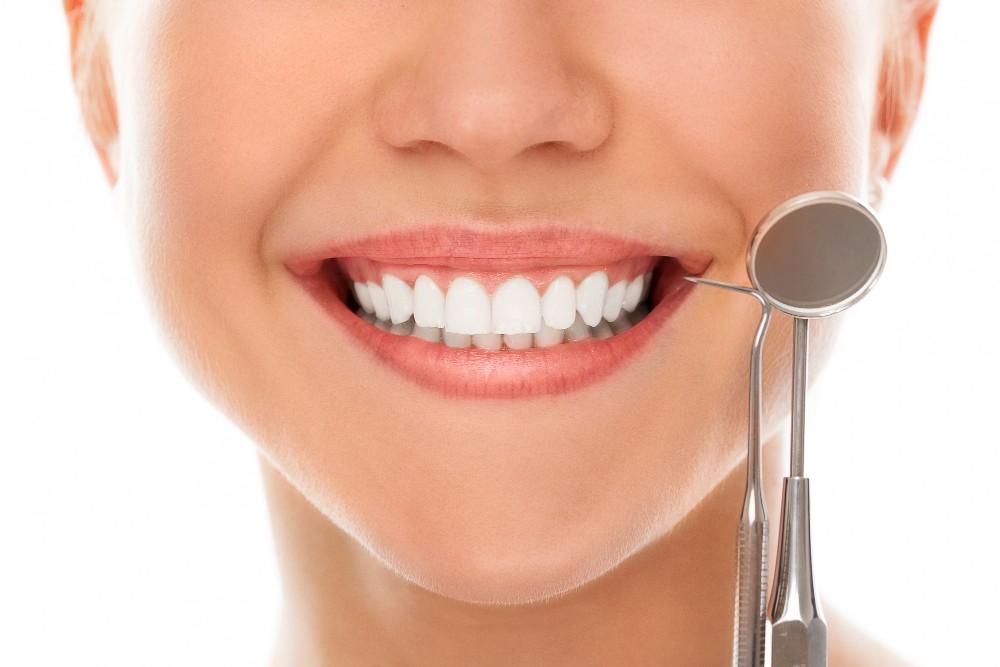Our teeth are marvels of evolution, playing a vital role in digestion, speech formation, and even facial aesthetics. But have you ever stopped to wonder how many teeth do humans have throughout their lives? Understanding the different stages of tooth development and the typical number of teeth at each stage is crucial for maintaining good oral health.
The Fascinating Journey of Teeth: From Baby to Adult
Infants are born without teeth, but this stage is temporary. At around 6 months of age, the fascinating process of teething begins. The initial teeth to emerge are the primary teeth, commonly referred to as baby teeth. By the age of 3, most children have developed a full set of 20 baby teeth through a gradual process. These tiny teeth are smaller and less sturdy than their adult counterparts, meant for a diet of soft foods as children make the switch from breast milk or formula to solid foods.
Adult Teeth: A Permanent Set for Long-Term Function
Between the ages of 6 and 12, a fascinating transformation occurs. As children grow, their baby teeth naturally start to loosen and eventually fall out, making room for the permanent adult teeth to take their place. This process, which can be accompanied by some discomfort, is commonly referred to as teething. Typically, by the age of 13, individuals have a full set of 32 adult teeth, with an equal distribution of 16 teeth in both the upper and lower jaws. These permanent teeth are specifically engineered to endure the challenges of a diverse diet as you grow older.
Let’s delve deeper into the four main types of adult teeth and their specific functions:
- Incisors (8 total): These sharp, front-facing teeth (four in the upper jaw and four in the lower jaw) are responsible for biting and cutting food into manageable pieces. Their sharp edges are ideal for initiating the breakdown process.
- Canines (4 total): Located next to the incisors, these pointed teeth (two in the upper jaw and two in the lower jaw) are often referred to as “eye teeth” due to their position. Canines play a crucial role in tearing and ripping tougher foods.
- Premolars (8 total): Flatter and slightly broader than incisors and canines, premolars (four in the upper jaw and four in the lower jaw) are positioned behind the canines. These workhorses are responsible for grinding and crushing food into smaller particles, further aiding digestion.
- Molars (12 total): The broad, powerful teeth located furthest back in the mouth are the molars (six in the upper jaw and six in the lower jaw). Molars are specifically designed for grinding food into a fine consistency, preparing it for efficient absorption by the body.
Wisdom Teeth (4 total): These four molars, also known as third molars, erupt furthest back in the jaw during late adolescence or early adulthood. However, wisdom teeth are not essential for proper oral function, and some people may not have them at all. In some cases, wisdom teeth may erupt at an angle or lack sufficient space, requiring extraction to prevent overcrowding or other complications.
Variations in Tooth Count: Understanding the Individual
While 32 is the standard number of adult teeth, nature sometimes throws us curveballs. Some individuals may naturally have fewer or more teeth due to genetic predisposition or developmental issues. Additionally, tooth loss due to accidents, decay, or gum disease can alter the total number of teeth present.
Safeguarding Your Smile
Regardless of the exact number of teeth you have, maintaining proper oral hygiene is the cornerstone of a healthy smile for life. Here are some key practices to incorporate into your daily routine:
- Brushing twice a day: This is the foundation of good oral hygiene. Use a fluoride toothpaste and a soft-bristled brush to clean all surfaces of your teeth for at least two minutes each time.
- Flossing daily: Flossing reaches areas inaccessible to your toothbrush, removing plaque and food particles that can contribute to tooth decay and gum disease.
- Regular dental checkups and cleanings: Schedule professional dental cleanings and checkups at least twice a year. Your dentist can detect and address potential problems early on, preventing more serious issues down the road.
By understanding how many teeth do humans have and the different stages of tooth development, you can make informed decisions about your oral health. By following these essential oral hygiene practices, you can keep your smile healthy, strong, and beautiful for years to come. Remember, a healthy smile is not only about aesthetics; it’s also crucial for overall well-being.







